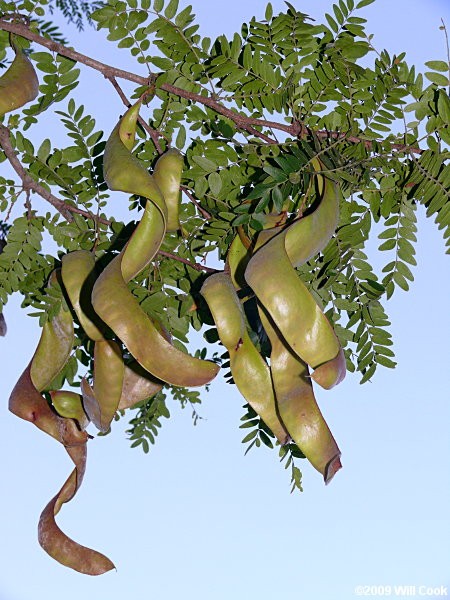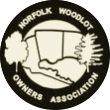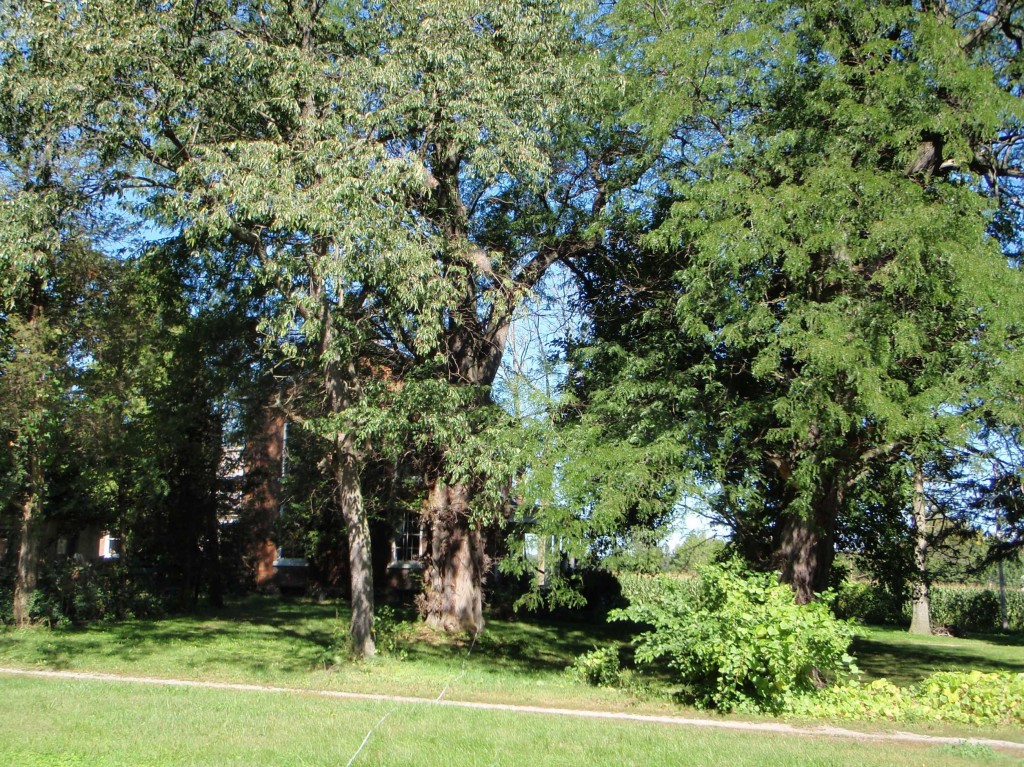Gleditsia triacanthos
Owner: Norah Browne
Nominator: Charlotte Browne Boerkamp
Height: 26.5 m (87 ft)
Diameter: 152.39 cm (60 in)
Circumference: 478.5 cm (188.4 in)
Description
The Honey Locust is also known as the sweet locust or thorny locust. It can found scattered throughout its katie range in the eastern-central United States. It is typically a bottomland species preferring the rich soils of floodplains. Associated forest cover usually includes Bur oak, willow, black walnut, boxelder, black gum, ashes, and hickories. It is classed as intolerant of shade, and reproduction becomes established only beneath openings in the forest canopy. Both the common honey locust and its thornless varieties are planted for erosion control and for wind breaks. The thornless varieties in particular are widely planted as ornamental and shade trees, and in many urban areas it has been planted as a replacement for the American elm. The honey locust can be distinguished by its long (15-41 cm, 6-16″) seed pods that are flat, often twisted and ripen about mid-September to mid-October. The wood of the honey locust is dense, very heavy and hard, and has been used for fenceposts, lumber for pallets, crating and general construction. (Source: Silvics of North America )
Honey Locust leaves and seed pods


